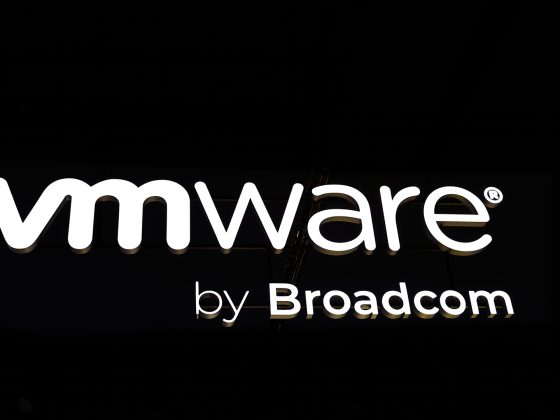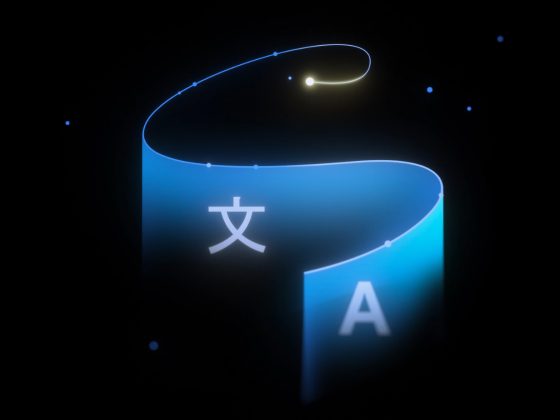Ada Lovelace is pictured at 20 years old in a portrait from 1835. Lovelace combined her mother’s mathematical rigor with her father’s imagination. When she was 12 years old, she decided (as many children do) that she wanted to fly, but unlike other children whose attempts may have been limited to jumping off chairs, she took a more scientific approach. She studied birds, assessed materials for their likelihood to enable flight, and considered how to construct wings. In this era before widespread electricity, she even drew up plans for a steam-powered flying machine. Young Ada Lovelace wrote and illustrated a guide on how she may best be able to achieve flight and called it “Flyology.”
Ada Lovelace, daughter of poet Lord Byron and mathematician Annabella Milbanke, became the world’s first programmer in 1843 with her algorithm for Charles Babbage’s Analytical Engine.
From our partners:
On a summer Monday evening in 1833, Ada Byron and her mother Anne Isabella “Annabella” Byron went to the home of English mathematician Charles Babbage. Twelve days earlier, when the younger Byron met Babbage at a high society soiree, she had been taken with his description of a machine he was building.
The hand-cranked apparatus of bronze and steel used stacks of cogs, hammer-like metal arms, and thousands of numbered wheels to automatically solve mathematical equations. But the Difference Engine, as Babbage called it, was incomplete. He had finished a small prototype that stood about two-and-a-half feet tall. The clanging, whirring showpiece was able to spit out answers to challenging mathematical equations. Babbage believed the complete product had the potential to solve much more complex problems. The Difference Engine’s demonstration piece set London’s intellectual circles and scientific community alight, wowing the likes of Charles Darwin and Charles Dickens. Its performance was near miraculous, even to London’s greatest intellects—an almost sorcerous parlor trick for Babbage.
While the Difference Engine wasn’t magical to 17-year-old Ada Byron, it was transformative. Upon seeing the machine on that fateful evening in 1833, she understood how it worked. In Ada, 41-year-old Babbage found his intellectual equal, and over the course of the next two decades, Ada would prove that her understanding and vision for such machines went far beyond mere calculation.
An analytical childhood
Ada Lovelace was born Augusta Ada Byron on December 10, 1815, into Victorian English high society. Her mother, Annabella Byron, was one of the few women of her generation to be afforded an education. She passed her love of knowledge—and mathematics in particular—on to her daughter, hiring famous mathematicians to tutor young Ada and instructing Ada herself when she could not find a suitable tutor.
It wasn’t just the selfless pursuit of knowledge that led Annabella to ensure her daughter had the best education. Annabella was worried that too much unchecked imagination could bring out the influence of Ada’s absentee father, the poet George Gordon Byron, better known to the world as Lord Byron. Described by one of his mistresses as“mad, bad, and dangerous to know,” Lord Byron was famous for his wordsmithery and infamous for his licentious and tortured public life. As a Romantic-era celebrity, his addiction and mental health struggles were visible for all to see.
For enquiries, product placements, sponsorships, and collaborations, connect with us at [email protected]. We'd love to hear from you!
Our humans need coffee too! Your support is highly appreciated, thank you!




